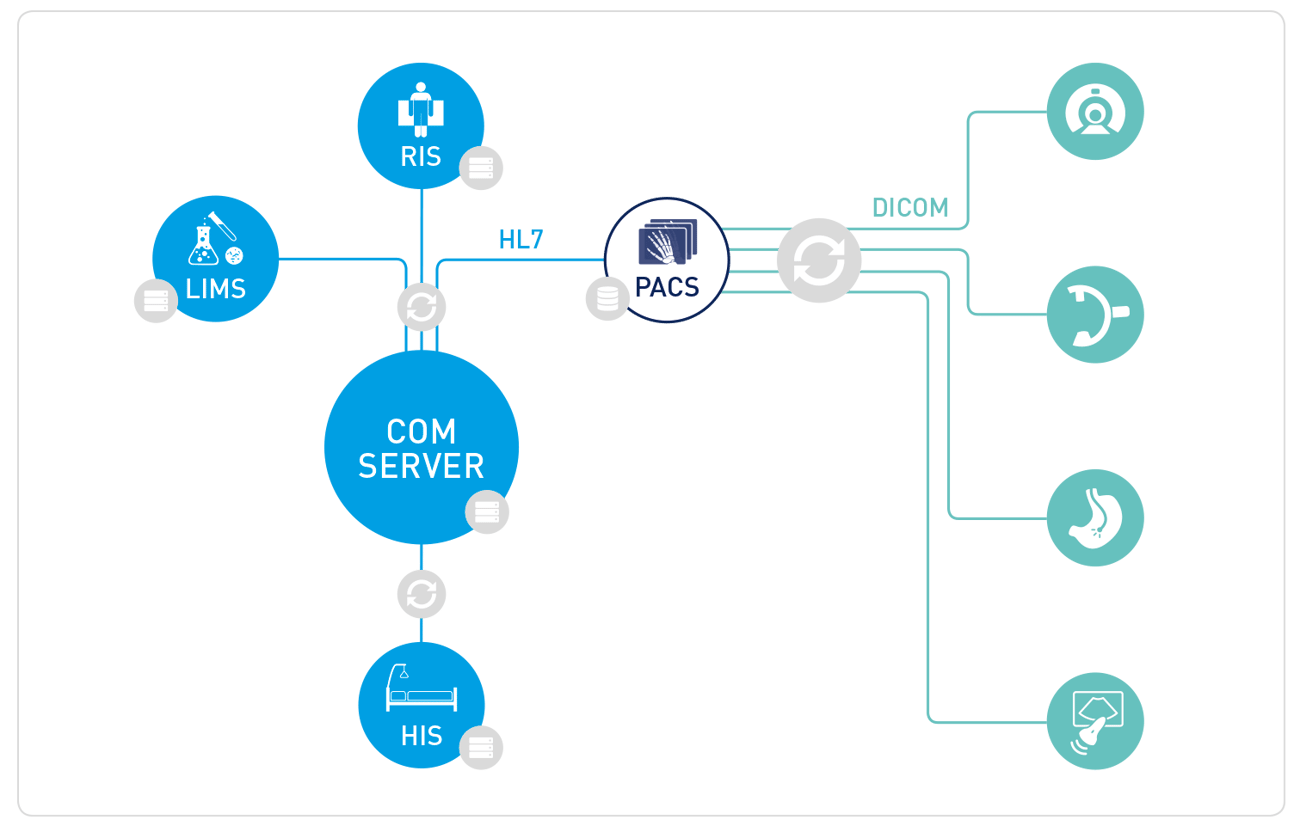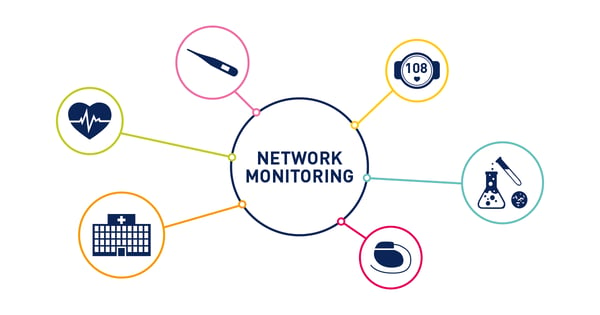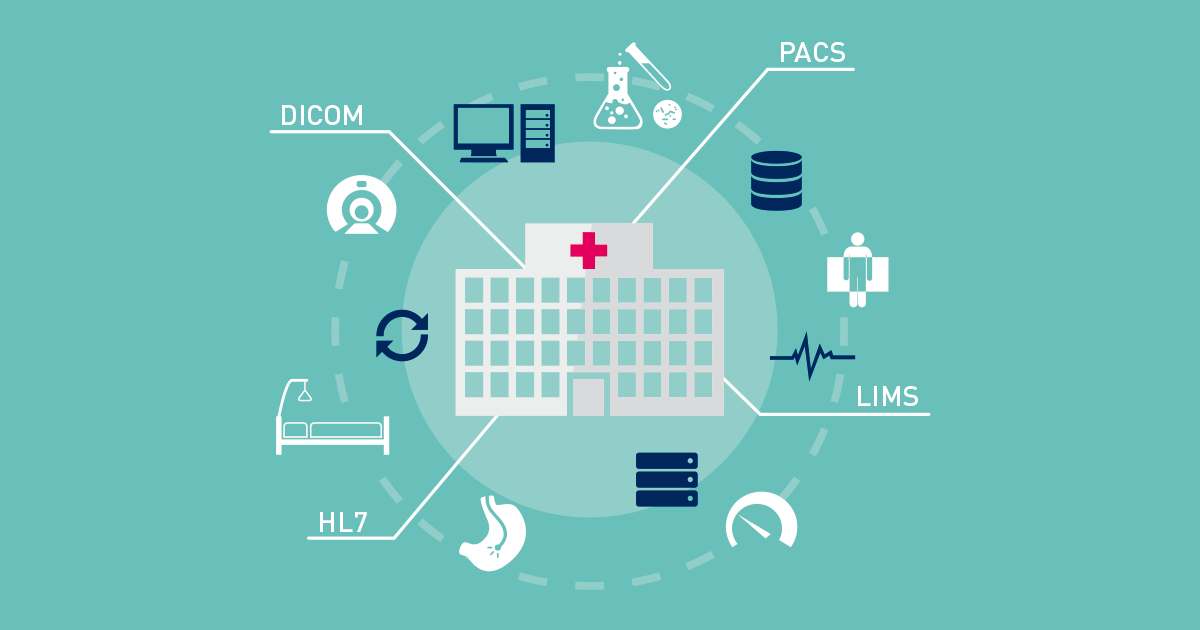In recent years, medical healthcare infrastructure has gone through digitization, just as many other industries have. The IoT has brought an array of new connected medical devices that are revolutionizing the medical field. This digitization has led to medical devices and the traditional IT infrastructure becoming more and more intertwined. This subsequently means that medical IT has more points of failure than ever before.
When the Patient Journey Gets Interrupted
About a year ago, my son had an unexpected health issue and we were advised to go to a nearby hospital for him to be checked out. There, the doctor decided he needed X-Rays, so off we went to the X-Ray department. When we got there, we were greeted by about 10 people already waiting in the hallway. There were no more chairs available, so we had to stand.
At some point, maybe 15 minutes after we arrived, a frazzled nurse came out and apologetically explained that the X-Ray machine was not working. And so there we waited, for over an hour and a half, as the crowd of people grew larger and steadily more restless. Here's the catch though: it was hot (there was no air conditioning in the waiting area), and it was nearing lunch time. My son wasn't allowed to eat before he'd had his scan. Anyone know what it's like to keep a hot, tired, sick, and hungry six year old in one place for that long?
This was my relatively minor experience of what it's like to have your journey as a patient interrupted by faulty technology. To me and my son, this was simply an inconvenience; however, in the case of serious, time-critical patient emergencies, such delays can have long-lasting and possibly life-threatening consequences.
Anatomy of the Modern Medical Infrastructure
These days, there are more chances for the patient's journey to be interrupted than ever before. Not only are there digital medical devices, but these devices rely much more on the traditional IT infrastructure than in previous years. They connect to the network and need to communicate all kinds of information with various end-points.
Despite the importance of the medical devices, it is data that is at the heart of the modern medical IT system — as it is in any information system. Patient data needs to be readily available at various touch points in the hospital — for example: for the doctor consulting a patient, in the X-ray department, and so on. Images from imaging devices, like ultrasounds or MRI images, need to be transferred, stored, and made accessible for doctors and nurses across the hospital and beyond.
To cater for this, many hospitals have a central communication hub — also known as an integration engine — in place, through which patient data is transmitted between departments, devices, and doctors. Information is exchanged between this central communication server and several other systems:
- Picture Archiving and Communication System (PACS) provides a central repository for digital images that are uploaded by digital imaging devices.
- Radiology Information System (RIS) processes the data produced and needed by the radiology departments.
- Hospital Information System (HIS) covers the administrative hospital data.
- Laboratory Information System (LIS) handles data produced and needed by laboratories.

These systems, along with the integration engine, medical devices, and typical IT devices, all run on what might be thought of as the traditional network. This means that the IT teams at hospitals not only face the risk of the digital medical devices themselves not working, but they face the additional — and more traditional — risks of networks failing, storage devices crashing, or servers going down. Because when these things fail, the data transferal and availability is compromised.
This has a direct impact on the patient's journey, and is also precisely why monitoring the modern medical environment is crucial.
So What Should be Monitored?
It's one thing to say that the digitized medical environment should be monitored, but what exactly should be monitored? Here are four things that you need to keep an eye on.

1. Digital Medical Devices
Medical devices are now connected and able to send and receive data through the network. The benefit of this is that these devices can be monitored over that same network. The catch? Medical devices do not offer the same possibilities for monitoring as other IoT devices, such as SNMP or NetFlow support, so you will need a monitoring tool with specific functionality for monitoring these devices.
iSNMP stands for Simple Network Monitoring Protocol. Its usefulness in network administration comes from the fact that it allows information to be collected about network-connected devices in a standardized way across a large variety of hardware and software types. SNMP is a protocol for management information transfer in networks, for use in LANs especially, depending on the chosen version. Read more ...
2. The Integration Engine
The integration engine is the central nervous system (if we want to continue our anatomy metaphor) of the hospital. It is the hub connecting all the systems and data flows in the hospital together, and so it is imperative to watch it closely. Most servers of this nature offer a RESTful API, and this can be used to retrieve data about the server's status and how it is performing.
3. Communication Between Medical Systems
The medical environment uses standard protocols for the communication between the integration engine and the outlying systems. The DICOM (Digital Imaging and Communications in Medicine) protocol is used for storing and transmitting digital medical images. For transferring patient and administrative data, the HL7 protocol is commonly used.
To monitor the communication within a medical system, then, it stands to reason that you will need a tool that is able to monitor these protocols. For example: to test whether a DICOM device is storing images correctly, it's possible to use the DICOM C-STORE functionality as a test. You can then get an idea of if the device is running out of space, if a device is functional or not, and how much bandwidth it uses.
By the same token, it's possible to get an idea of general communication health by routinely checking on HL7 interfaces and ensuring they are responding to requests.
4. Traditional IT
Of course, it all comes back to the typical network, and the age-old devices we've been monitoring for years: routers, switches, servers...this stuff isn't new. What is new is seeing the metrics from these devices displayed alongside the medical-specific metrics, all on one screen. There are tools that do it, and for digitized, integrated environments like modern medical IT, it's a critical requirement.
More Details?
This post is the first in a series of articles about monitoring healthcare IT. The above points are fairly general, but soon we will drill down a bit more. How does one actually monitor the things above? What information can be retrieved from the integration engine? Stay tuned to our blog over the next few weeks to find out more. In the meantime, there is some reading material here.
Are you responsible for a medical IT infrastructure? Do you monitor it? Let us know in the comments below!
 Published by
Published by 













